Baltimore, Maryland, has a rich and complex history that spans several centuries. Here is a brief overview of the city’s historical significance in U.S. history:
- Early Settlement: Baltimore was founded in 1729 and was named after the Lord Baltimore, the proprietor of the Maryland colony. It began as a port town and quickly grew into a thriving center for trade and commerce due to its strategic location on the Chesapeake Bay.
- American Revolution: During the American Revolution, Baltimore played a crucial role as a supply and shipbuilding hub for the Continental Army and Navy. Fort McHenry, located in Baltimore’s harbor, defended the city against British attacks in the War of 1812 and inspired Francis Scott Key to write “The Star-Spangled Banner.”
- Industrial Revolution: In the 19th century, Baltimore became a major industrial and manufacturing center. The city’s thriving shipping industry and proximity to the nation’s capital, Washington, D.C., helped it become an important economic and transportation hub.
- Slavery and the Civil War: Baltimore had a complex relationship with slavery and the Civil War. It was a border city, and during the Civil War, it was occupied by Union forces to prevent it from falling into Confederate hands. The city faced significant social and political tensions during this time.
- Immigration: Baltimore experienced waves of immigration in the 19th and early 20th centuries, particularly from Ireland and Germany. These immigrants helped shape the city’s cultural fabric and contributed to its growing industrial economy.
- African American History: Baltimore played a significant role in the history of African Americans in the United States. The city was a major stop on the Underground Railroad, and prominent African American leaders like Frederick Douglass and Thurgood Marshall had strong connections to Baltimore.
- The Great Fire of 1904: In 1904, a massive fire swept through the city, destroying much of its downtown area. The subsequent rebuilding efforts led to the construction of a modern city with fire-resistant building materials.
- Civil Rights Movement: Baltimore was a key battleground in the civil rights movement of the 1950s and 1960s. Protests and civil rights activities took place in the city, and important legal decisions were made in the fight against segregation.
- Economic Shifts: In the late 20th century, Baltimore’s economy shifted away from manufacturing and shipping, leading to deindustrialization and urban challenges. However, the city has seen revitalization efforts in recent years, with a focus on healthcare, education, and technology sectors.
- Sports and Culture: Baltimore is also known for its contributions to American sports and culture, with the Baltimore Orioles in baseball and the Baltimore Ravens in football. The city has a vibrant arts and music scene, with notable institutions like the Baltimore Symphony Orchestra and the Maryland Institute College of Art.
Baltimore’s history is a reflection of the broader trends and events in American history, and it continues to evolve and shape the city’s identity as a diverse and vibrant urban center on the East Coast of the United States.

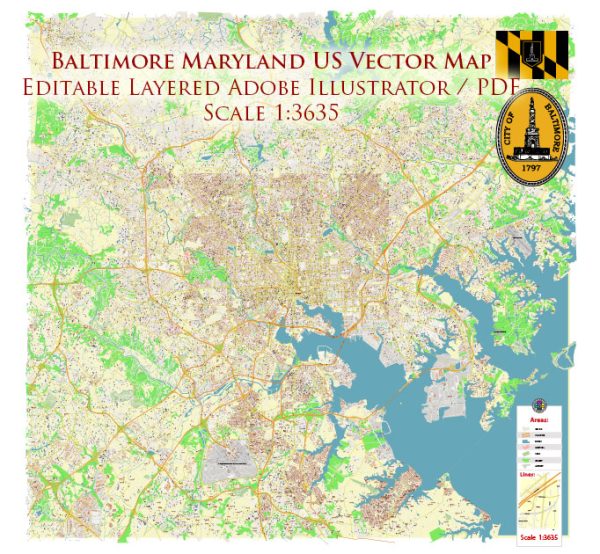
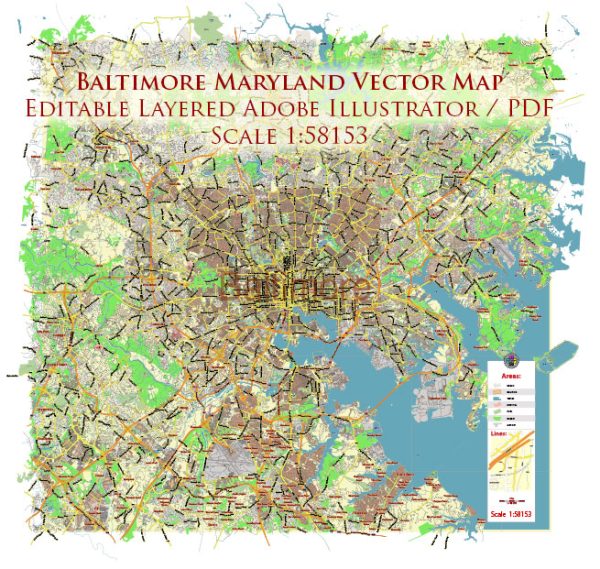
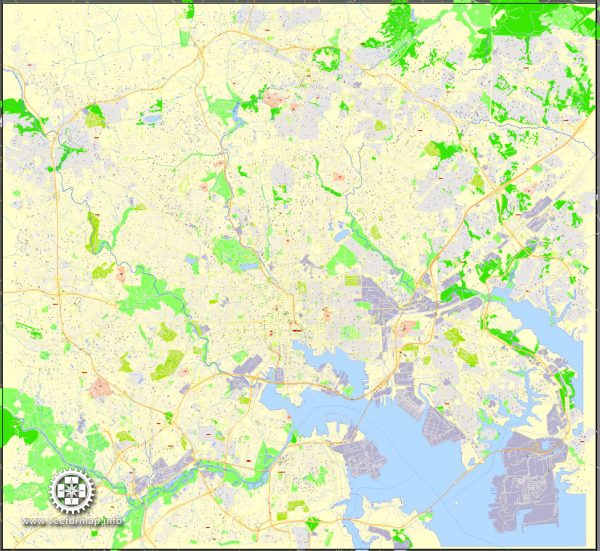
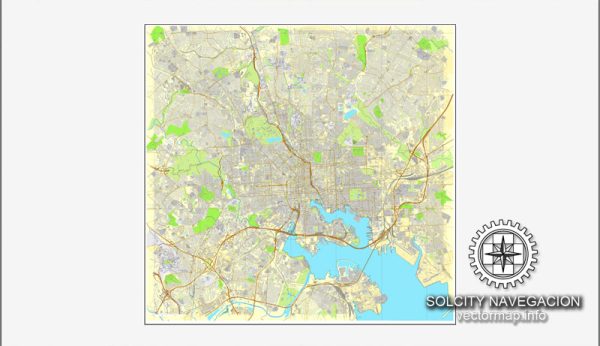
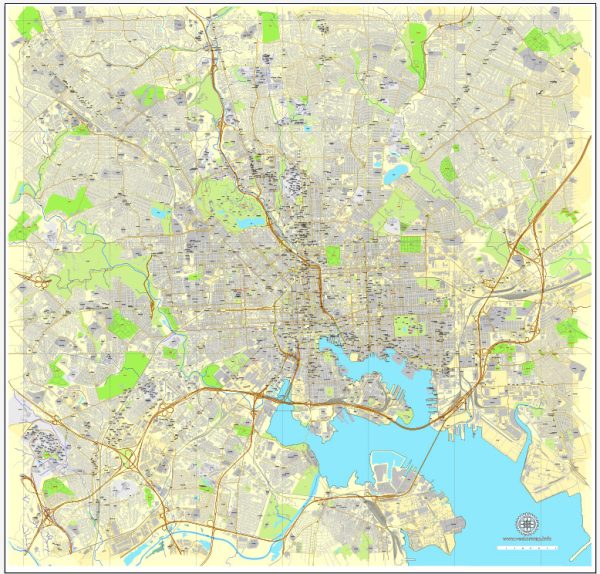
 Author: Kirill Shrayber, Ph.D.
Author: Kirill Shrayber, Ph.D.